We are a welcoming osteopathic clinic in South East London. We treat children and adults of all ages and offer dry needling as part of a broad osteopathic approach which includes a range of treatments such as spine and joint manipulation, cranial osteopathy, and soft-tissue techniques such as deep tissue massage and myofascial release.
We treat a broad range of conditions including back pain, neck pain, sports injury, headaches and migraines, foot and ankle pain and sciatica. We are registered with the General Osteopathic Council and have many years experience in helping people get back to living a pain-free life. Booking is easy with our online system.
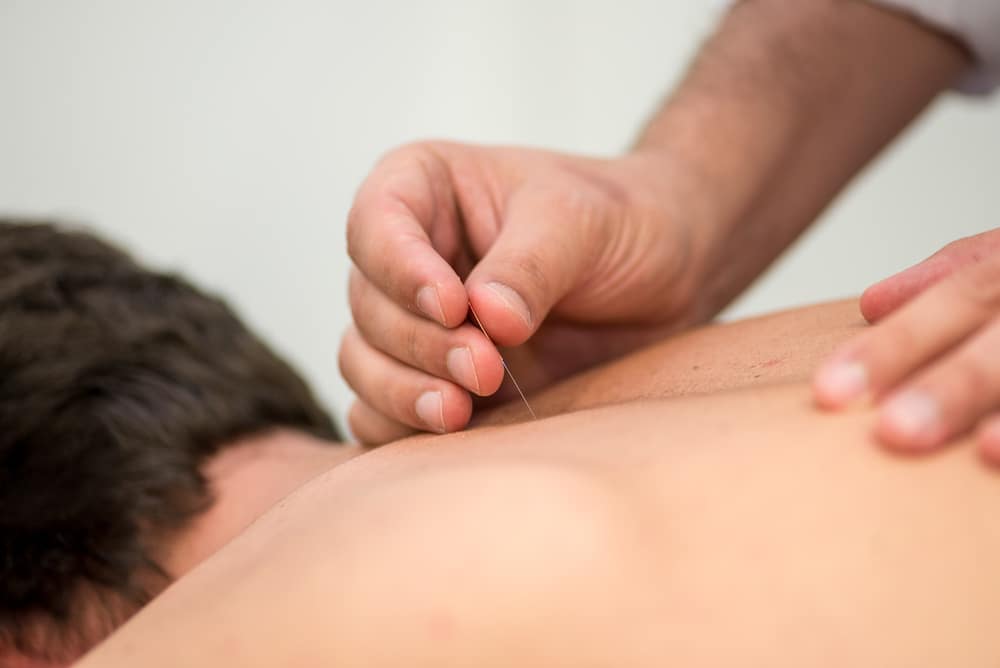

Dry needling involves the insertion of very thin needles into muscles which have local areas of tightness called trigger points, commonly known as muscle knots, for the purpose of reducing tension and encouraging healing.
Dry needling is typically used as an addition to other physical therapy techniques, rather than as a treatment in its own right. For this reason it is not necessary to book a “dry needling appointment”, it is something your osteopath will incorporate into your treatment plan if you consent to this treatment and your osteopath feels it will be beneficial to your recovery.
Dry Needling gets its name from the fact that a thin and solid needle – known as a monofilament needle – is used, rather than the hollow kind of needle used to inject medication or draw blood. Because liquids cannot pass through it, it is known as a “dry” needle.
There are two approaches to dry needling: superficial dry needling involves inserting the needle into the subcutaneous tissue but not into the muscle belly itself, whilst deep dry needling the needle is inserted into the muscle itself. Osteopaths typically use deep dry needling to stimulate the muscle response and encourage healing.
Injury or overuse to muscles can result in “trigger points”, which are localised sections of tightness in the muscle. These typically result in pain and tenderness, loss of muscle function and range of motion, and can also lead to referred pain in related bodily structures and make you more prone to further injury. Relaxation of these areas and a return to normal muscle function is an important step to treating many musculoskeletal conditions, whether the problem is the painful trigger point itself, or whether it is contributing to a problem elsewhere.
Whilst trigger points can also be treated with soft tissue techniques such as massage, dry needling allows the therapist to get more quickly to the root of the problem by addressing the trigger point directly. Insertion of the needle into the trigger point causes stimulation of the local nerve fibres and an increase in blood flow to the affected area, encouraging the body’s natural healing mechanisms and speeding up a return to normal function.
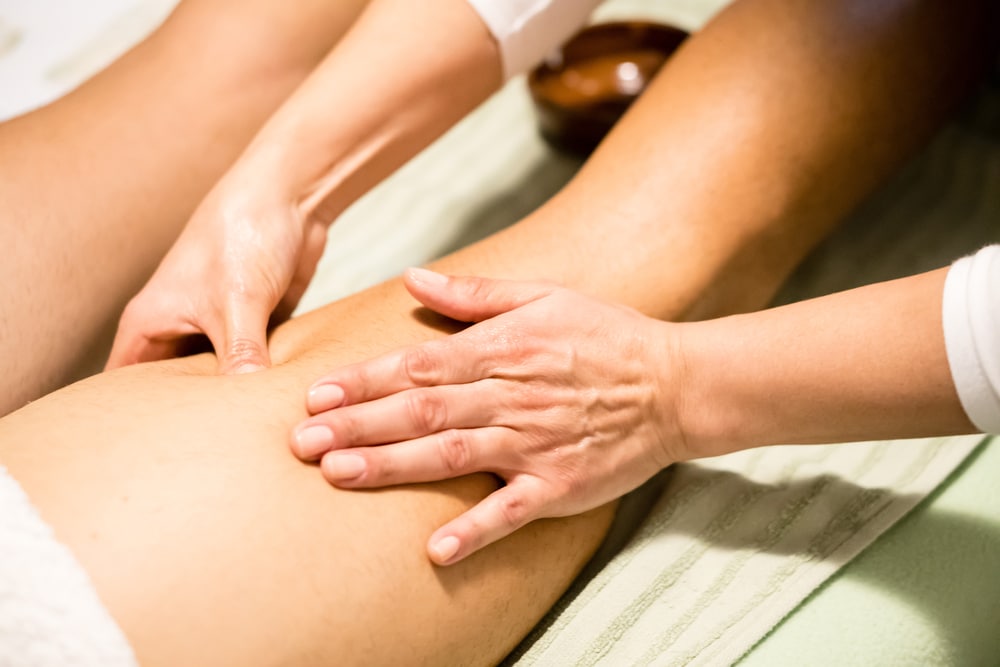
Needles are typically left in for a short period of time – usually several minutes – depending on the particular issue you are experiencing. Your osteopath may flick or manipulate the needles slightly to encourage blood flow and nerve stimulation. They may also try to induce a “twitch response”, where the stimulation of nerves causes the muscle to momentarily contract or “twitch”.
Osteopaths are extensively trained in the safe and appropriate use of dry needling and are registered with the appropriate local authority to be able to carry out invasive procedures. Osteopaths are also Primary Care Practitioners, able to correctly diagnose your problem and assess the best course of treatment for you, and are one of the 14 Allied Health Professions.

Our skilled and experienced practitioners take a person-centred approach and are dedicated to helping you back to full health, whatever your age, activity level or health goals. Our osteopaths are fully registered with the General Osteopathic Council and Institute of Osteopathy.
Dry needling and traditional acupuncture are similar in that they both involve inserting very fine needles into the body, which may then be manipulated by the therapist.
However, there are large differences in the approaches between the two, which results in a difference in the way the therapy is carried out. Traditional acupuncture is based on the belief that life energy or qi is circulating in the body through subtle energy channels, and that the insertion of needles can reduce blockages in those channels. Dry needling is a more tangible therapy, that has nothing to do with a life force but simply to increase blood flow and stimulate nerve activity in tight muscles.
As such, dry needling requires the use of fewer needles, and needles are inserted directly into muscle fibres where the problem occurs, rather than into predetermined “meridians” or energy junctions, and your osteopath will use dry needling for the sole purpose of relaxing and healing a particular muscle, rather than in a belief that there is an overall effect of allowing energy to better circulate in the body. As mentioned, dry needling is also typically used alongside other physical therapies, rather than as a therapy in its own right.
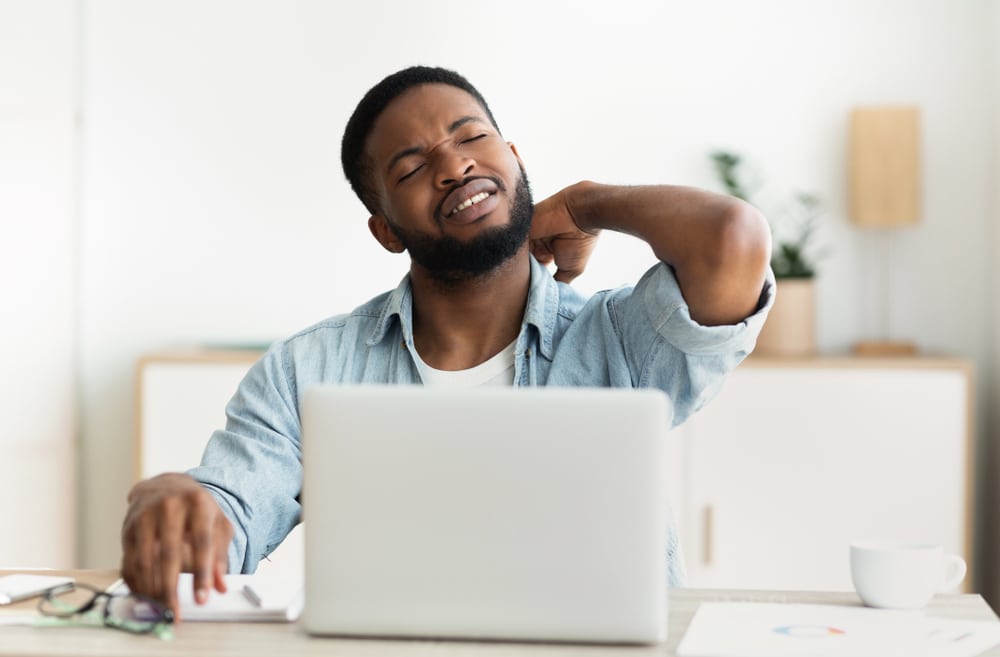
Dry needling can be used to help treat any pain related to muscles, ligaments or tendons. Since most musculoskeletal issues involve tightness and pain in these structures – whether as the issue itself or as a contributing factor – dry needling can be used as part of treatment in most of the conditions osteopaths normally treat. Since dry needling can also help to improve muscle relaxation and range of motion, it can also aid in keeping you injury-free in the future.
Common conditions we use dry needling as part of a treatment programme for include:






Not at all. Dry needling is only one of several treatment modalities used in osteopathy, and If you do not wish your osteopath to use needles they can treat you using other techniques.
When assessing you, your osteopath will perform an examination of any affected areas of your body and a full evaluation to determine whether dry needling can help you. They will explain to you what treatments they feel most appropriate for you and why.
If you have never had dry needling before and it is recommended by your osteopath, they will explain the process to you and talk you through the treatment as it happens. You may also like to try out one needle to see how it feels before continuing with the treatment. However, most people feel no negative effects and find dry needling benefits their overall recovery.
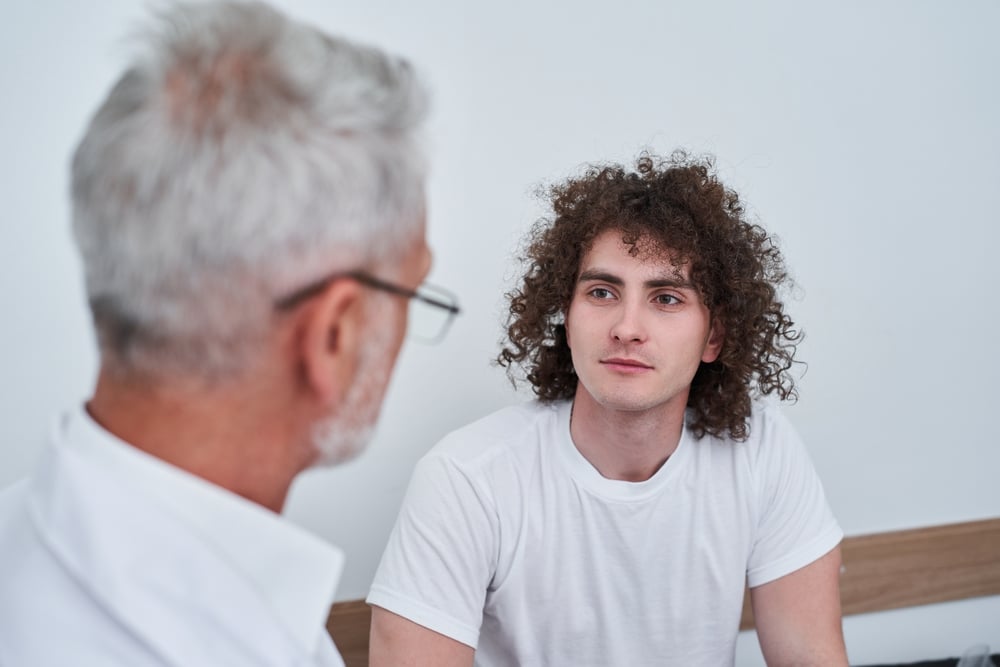
You will probably feel a small prick as the needle is inserted into the skin, but dry needling does not typically hurt and the needle is much thinner than those used for injections. Since dry needling is typically performed on areas which are already tender, you may feel some pain as a result of the tender area being touched, rather than as a result of the needle itself.
The sensation of the needle being inserted into the muscle or surrounding tissues is different for everyone depending on the injury and the part of the body. As the needle stimulates nerves you may feel a twitch or a tightness in the muscle. Whilst these sensations might feel strange, they would not generally be considered painful.
We are a welcoming clinic for all the family based in Blackheath, South East London. We offer dry needling as part of our osteopathic treatment and treat a wide range of conditions including back and neck pain, shoulder pain, elbow pain and sports injuries.
Booking an appointment is simple using our online system. If you have any questions at all about whether dry needling or osteopathic treatment are right for you, please don’t hesitate to contact us and we will be happy to advise.


The information on this page has been reviewed for accuracy by Nirosan Sriskandarajah MOst, osteopath and clinical director of Sphere Osteopathic Clinic.